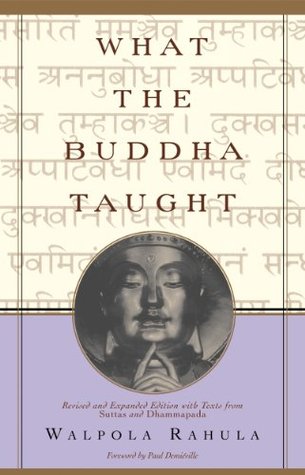More on this book
Community
Kindle Notes & Highlights
Started reading
September 13, 2025
What’s in a name? That which we call a rose, By any other name would smell as sweet.
saddhā is not ‘faith’ as such, but rather ‘confidence’
śraddhā has three aspects: (1) full and firm conviction that a thing is, (2) serene joy at good qualities, and (3) aspiration or wish to achieve an object in view.
The conception of dukkha may be viewed from three aspects: (1) dukkha as ordinary suffering (dukkha-dukkha), (2) dukkha as produced by change (vipariṇāma-dukkha) and (3) dukkha as conditioned states (saṃkhāra-dukkha).2
It is only volitional actions—such as attention (manasikāra), will (chanda), determination (adhimokkha), confidence (saddhā), concentration (samādhi), wisdom (paññā), energy (viriya), desire (rāga), repugnance or hate (paṭigha) ignorance (avijjā), conceit (māna), idea of self (sakkāya-diṭṭhi) etc.—that can produce karmic effects.
consciousness depends on matter, sensation, perception and mental formations, and that it cannot exist independently of them.
These five Aggregates together, which we popularly call a ‘being’, are dukkha itself
arising (samudaya)


